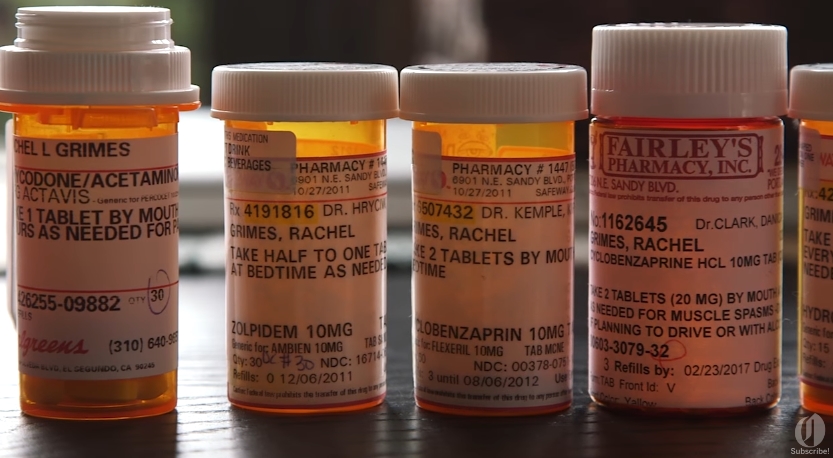Opioids passed out like pez in professional sports, contributing to the addiction epidemic
10/02/2017 / By Michelle Simmons

Grant Hill, a former basketball star, told The Daily Mail how athletes would do anything to recover quickly after surgery to play again. According to Hill, athletes want to be back on court immediately right after an injury or surgery because of pressure and impatience. They want something that quickly fixes everything, and for most, the solution is opioids.
Other basketball stars like Shaquille O’Neal, Jay Williams, and Rex Chapman admitted they used the drugs and how these are easily acquired. The rampant distribution of these drugs in the sports industry contribute to the opioid epidemic happening today. Most injured athletes are often prescribed opioid pain killers to get them by. Consequently, opioid prescriptions lead to a completely avoidable addiction. (Related: Student athletes becoming drug addicts after doctors prescribe opioids for their injuries.)
“One of the major issues we have is that doctors don’t want to leave their patients in an empty spot on a Saturday night in pain with nothing to do,” Paul Sethi, an orthopedic surgeon specializing in sports medicine, tells The Daily Mail.
“We’re accustomed to follow the physician’s orders and decisions, but you need to know that it’s important to take ownership of your health, and ask the important questions,” Hill expresses.
Sethi also explains that doctors may be overprescribing opioids to give out way beyond what athletes need to “cover their backs.”
More on the opioid crisis
Opioids are highly addictive painkillers that have killed, and are still killing, millions of Americans because of overdose. It is the leading cause of death for Americans below 50 years old. They are a class of drugs — which include heroin, fentanyl, and pain relievers — that are legally available through a doctor’s prescription. Opioid pain killers are generally safe, but because they also produce euphoric effect, they can be abused.
According to QuintilesIMS Institute as cited by The Daily Mail, nine out of 10 patients are exposed to opioids to manage post-surgical pain. These patients take an average of 85 pills a day. The report says that reducing surgery-related opioid prescriptions would cut the number of unused pills in the United States by 332 million per year, lessen the number of addicts by 300,000, and save $830 million.
Signs of opioid addiction started as early as the 1980s, but drug manufacturers reassured the public that opioids were less addictive in the 1990s, which led to the misuse and addiction of the drugs. The Food and Drug Administration (FDA) and Centers for Disease Control and Prevention (CDC) only began reporting the rise of opioid overdose and addiction in the beginning of the 2000s. Health authorities announced in 2013 the addiction was an epidemic. In 2015, over 33,000 Americans died because of opioid overdose and over 90 million Americans are dying daily because of it.
The FDA has tried to address the abuse and misuse of opioids by implementing the Risk Evaluation and Mitigation Strategy (REMS) to immediate-release (IR) opioids. Scott Gottlieb, commissioner of the FDA, wrote in a blog post in September that the IR opioids produced by 74 manufacturers will be subjected to a stricter set of requirements under a REMS. The REMS will require training to available health care providers who prescribe IR opioids, which includes discussing non-opioid alternatives.
“Our hope is that we can help prevent new patients from becoming addicted, and keep some individuals from experiencing the serious adverse effects associated with these medications,” writes Gottlieb.
Sources include:
Tagged Under: Athletes, drug abuse, opioid addiction, Opioids, opioids epidemic, professional sports




















